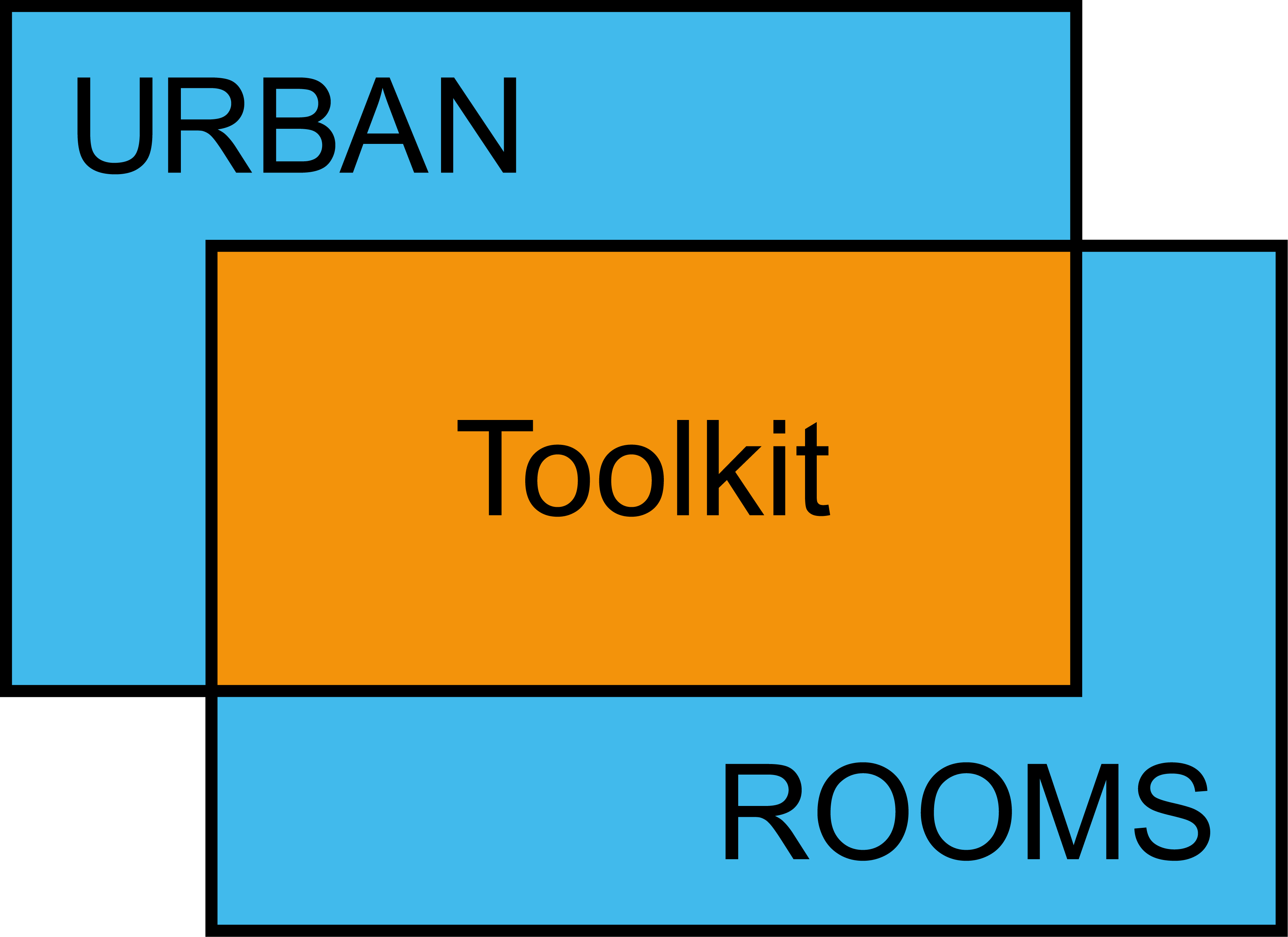


Group: Maps & Mapping
Method: Collective Mapping
Description of Method:
Mapping is a broad term to cover the observation, revealing and recording of both physical and intangible aspects of the built environment. Mapping as a method can open up a wide range of creative possibilities and questions such as - What information should be mapped? Who makes the maps? What are maps for? Information can be gathered individually or collectively, through walks, archival research, conversations and can be communicated via many different means, e.g. photography, writing, drawing, film, found objects. Activities can add new knowledge to existing maps or create new, personal and communal maps. These maps can become key features within an Urban Room, growing over time as new participants contribute and acting as starting points for conversation with first-time visitors.
Purpose of Method:
When produced as a collective endeavour mapping can share and promote the understanding of different lived experiences, stories, memories and knowledges. While mapping tends to focus on the past and present context of a local area, the mapping process can be a useful catalyst for the development of new ideas and visualisation of possibilities for the future of an area. Maps can demonstrate the richness and complexity of an area, showing common agreement about the value of some aspects of the built environment, while revealing differences in opinion about others. Collective mapping can highlight how groups experience the built environment differently according to gender, race, ability and age.
Suitable Audience:
People find maps, in all their variety, very engaging - from traditional cartography to hand-drawn memory maps. The wide variety of mapping techniques means that this is a method that many people can take part in with encouragement and support from on-site Urban Room facilitators.

Urban Room Rochdale
Credit: Urban Room Rochdale / Local
Urban Room Rochdale
Visitors were invited to contribute their experiences and impressions about the town to a ‘Psychogeography of Rochdale’. This collective map developed over the duration of the Urban Room, revealing the quality of the place.
Group: Maps & Mapping
Method: Collective Mapping
Description of Method:
Mapping is a broad term to cover the observation, revealing and recording of both physical and intangible aspects of the built environment. Mapping as a method can open up a wide range of creative possibilities and questions such as - What information should be mapped? Who makes the maps? What are maps for? Information can be gathered individually or collectively, through walks, archival research, conversations and can be communicated via many different means, e.g. photography, writing, drawing, film, found objects. Activities can add new knowledge to existing maps or create new, personal and communal maps. These maps can become key features within an Urban Room, growing over time as new participants contribute and acting as starting points for conversation with first-time visitors.
Purpose of Method:
When produced as a collective endeavour mapping can share and promote the understanding of different lived experiences, stories, memories and knowledges. While mapping tends to focus on the past and present context of a local area, the mapping process can be a useful catalyst for the development of new ideas and visualisation of possibilities for the future of an area. Maps can demonstrate the richness and complexity of an area, showing common agreement about the value of some aspects of the built environment, while revealing differences in opinion about others. Collective mapping can highlight how groups experience the built environment differently according to gender, race, ability and age.
Suitable Audience:
People find maps, in all their variety, very engaging - from traditional cartography to hand-drawn memory maps. The wide variety of mapping techniques means that this is a method that many people can take part in with encouragement and support from on-site Urban Room facilitators.

Urban Room Rochdale
Credit: Urban Room Rochdale / Local
Urban Room Rochdale
Visitors were invited to contribute their experiences and impressions about the town to a ‘Psychogeography of Rochdale’. This collective map developed over the duration of the Urban Room, revealing the quality of the place.
